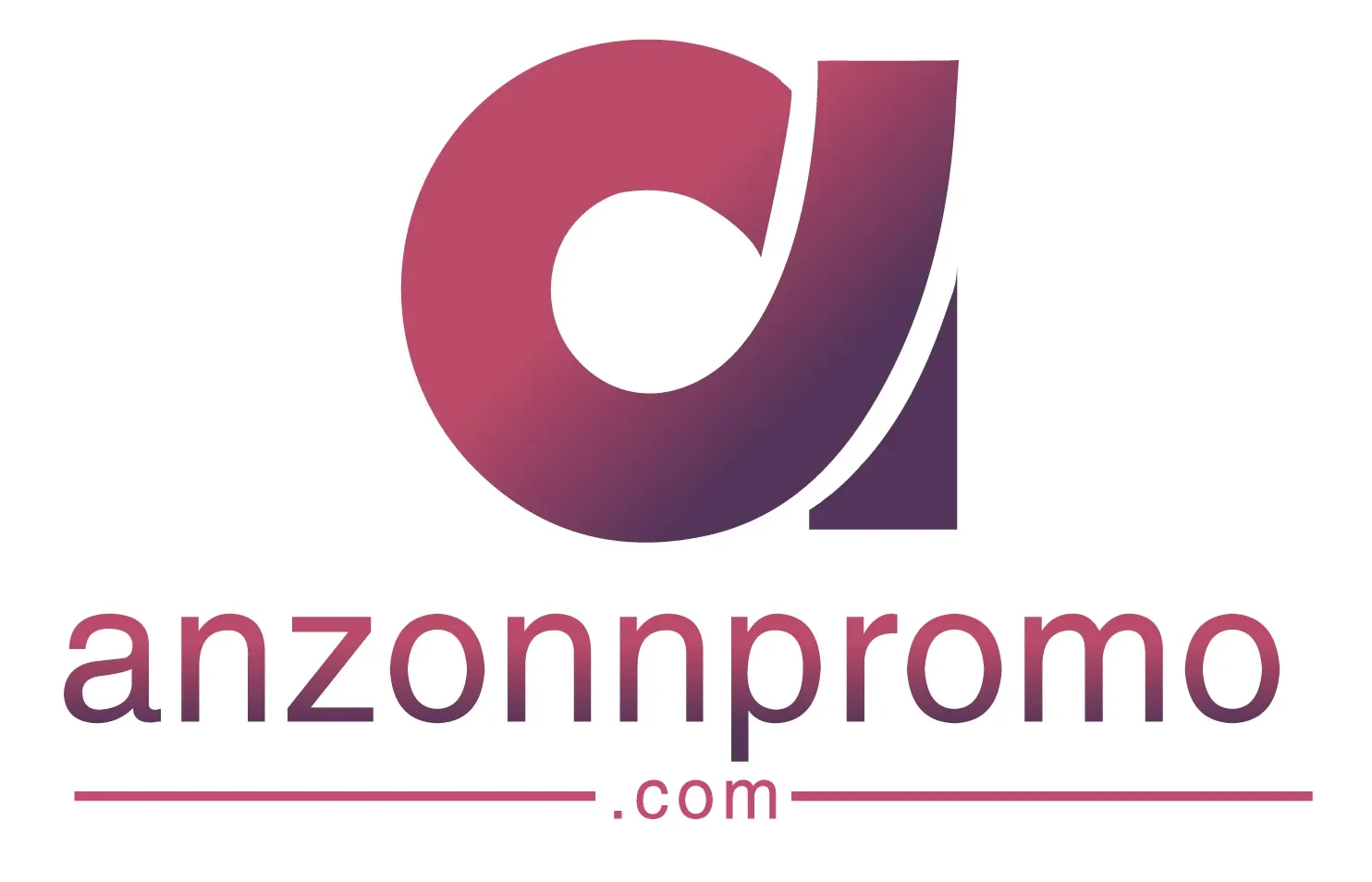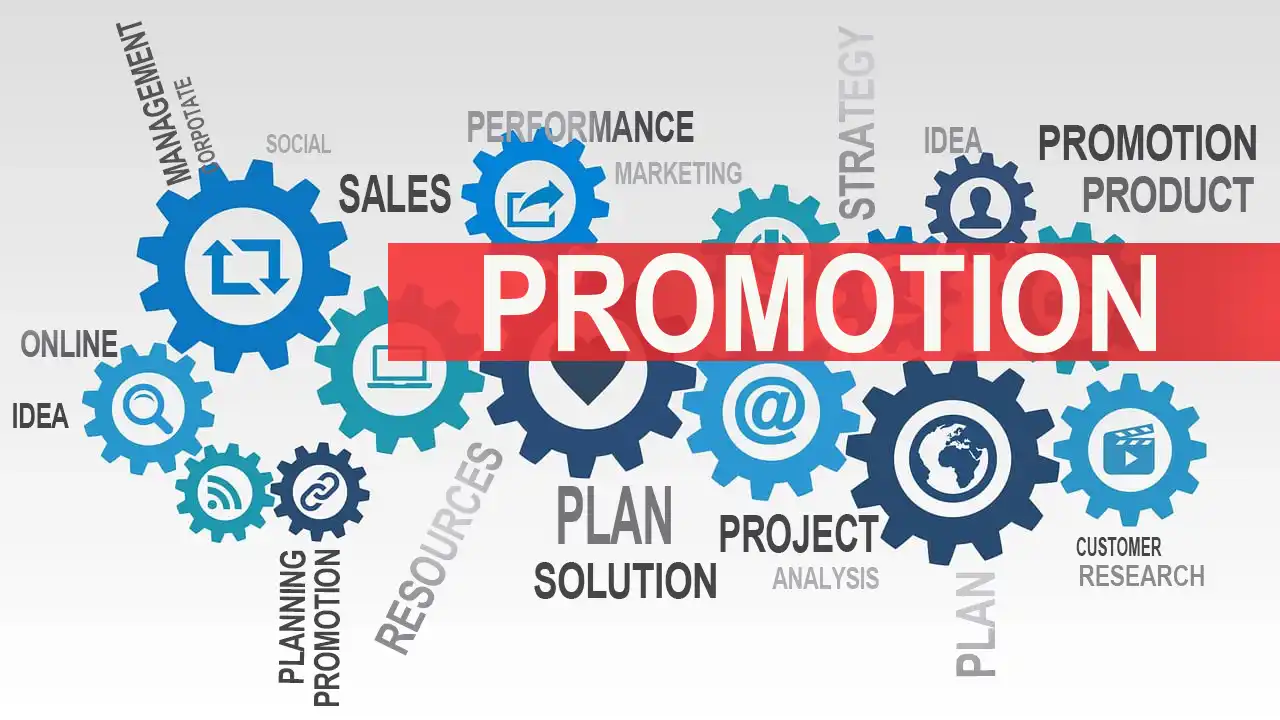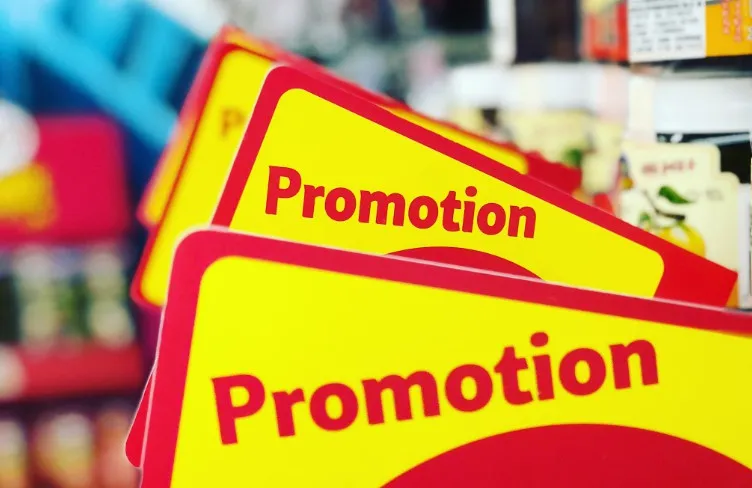How to Create a Promotion Product Plan for Your Company
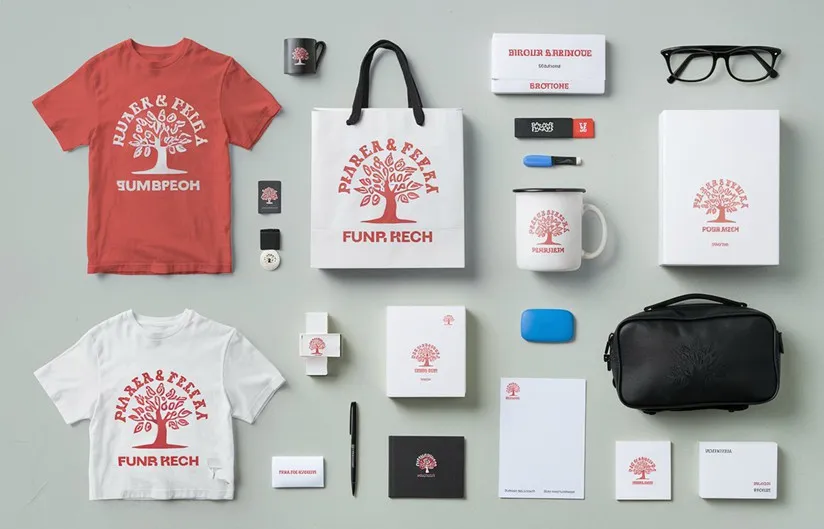
A well-structured promotion product plan is essential for driving brand awareness and boosting sales while engaging customers within today’s competitive business environment. Businesses both small and large can differentiate themselves in competitive markets through strategic use of promotional products. Follow this guide to learn how to develop an effective promotion product plan that aligns with your company’s objectives.
Why a Promotional Product Plan Matters
Branded tangible promotion products feature your company logo or message to enhance brand visibility and build customer loyalty. These promotion products ranging from pens and tote bags to gadgets and apparel help maintain continuous brand awareness for customers. Without a strategic plan your promotional efforts risk becoming ineffective. A promotion product plan aligns your investment with marketing goals while ensuring you reach the appropriate audience and achieve measurable outcomes.
- Establishing clear goals for your promotional campaign should be your priority before making any product choices.
- Do you want to boost brand recognition, create new leads, reward your loyal customers or market a new product or service?
- The demographic characteristics along with the preferences and behaviors of your target customers. This approach enables you to select products that align with their preferences.
- Figure out the budget you can allocate to promotional merchandise. Quality should take precedence over quantity when selecting promotional products.
When you establish clear goals at the start you’ll be able to develop a precise and successful strategy.
- The statistical data of people’s preferences will affect product selection. Age, gender and location all play a part. Young people with technology may enjoy electronic products, while most people may enjoy clothing and various novel and practical small items.
- Consider your audience’s lifestyle and interests when selecting products to market to them. Water bottles or gym bags would make an excellent fit for fitness brands, while coffee mugs or portfolios could work great with corporate audiences.
- Choose products that address the pain points of your target audience, Environmentally conscious consumers may prefer products that are reused.Utilising surveys, customer data or feedback as sources to better understand what matters to your customers and which services will meet their needs best.
Step 3: Choose the Proper Promotional Products
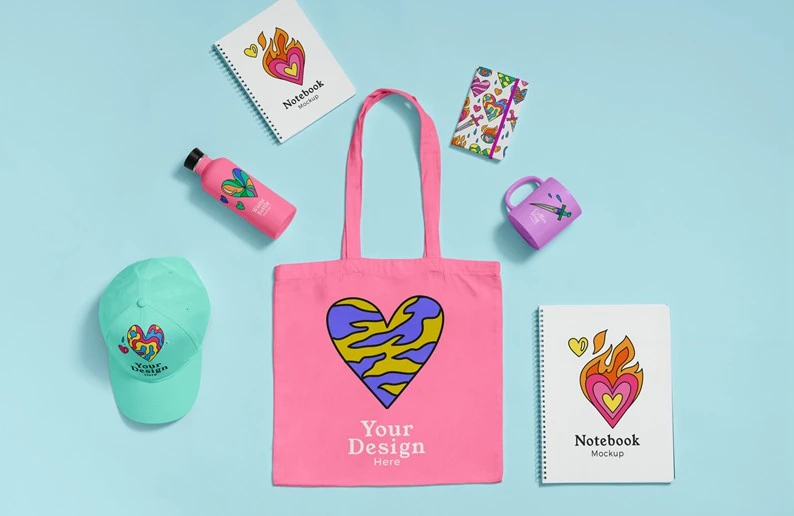
- Relevance: Choose items that support your brand identity and message, For example, a technology company may choose electronic related products.
- Utility: Select products that are both practical and useful to people. Regularly-used items, like pens, calendars or tote bags etc provide long-term exposure for your brand.
- Quality: For optimal brand image, invest in high-quality products with lasting impression. Subpar or substandard items may damage your reputation.
- Unique Products: Stand out by selecting unique or innovative products Creative or customized products will leave a lasting impression on people.
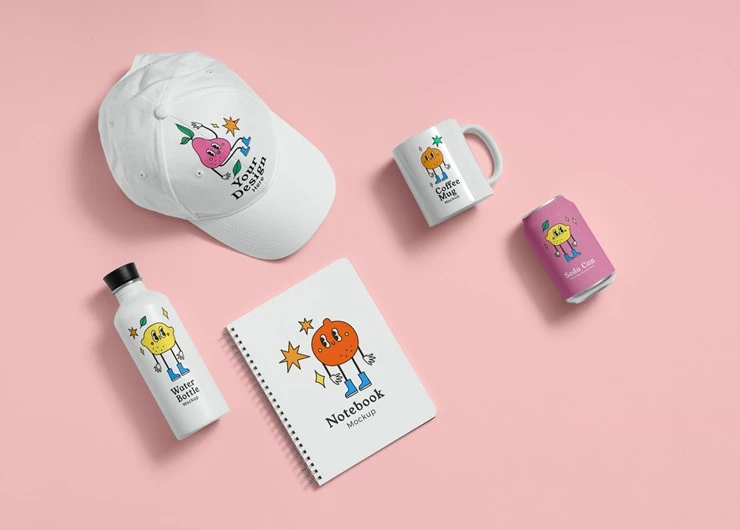
- Logo Placement: Make sure your logo is prominently displayed without taking away from product functionality.
- Color Scheme: When creating your brand identity, be consistent in using colors. Consistency reinforces brand recognition.
- Messaging: Craft a clear and engaging message for your audience that resonates with them – this could include taglines, website URLs or calls-to-action.
- Partner with a Professional Designer: Work with an designer to develop visually striking artwork that elevates your product’s visual appeal.
- At Events and Trade Shows: Distribute promotional items at industry events, conferences, or trade shows to reach specific target audiences.
- Direct Mail: Add promotion products to direct mail campaigns to delight recipients and keep them interested.
- Customer Gifts: Reward loyal customers with branded presents to foster strong relationships and increase repeat business.
- Employee Giveaways: Use promotion products as employee gifts to boost employee morale and create brand ambassadors within your organization.
- Online Promotions: Offer promotional items as free gifts with purchases or contest prizes to increase online engagement and drive online engagement.
- Customer Engagement: Monitor social media mentions or website traffic to assess customer engagement levels.
- Impact on Sales: Assess whether the campaign has led to an increase in conversions or sales. Customer Feedback: Solicit feedback from your customers in order to learn about their perceptions of your brand.
A successful product promotion plan should be an ongoing process, so keep your branding and message consistent throughout all promotional material, while being prepared to adapt in response to changing market trends, consumer preferences, or campaign results.
Final Thoughts
